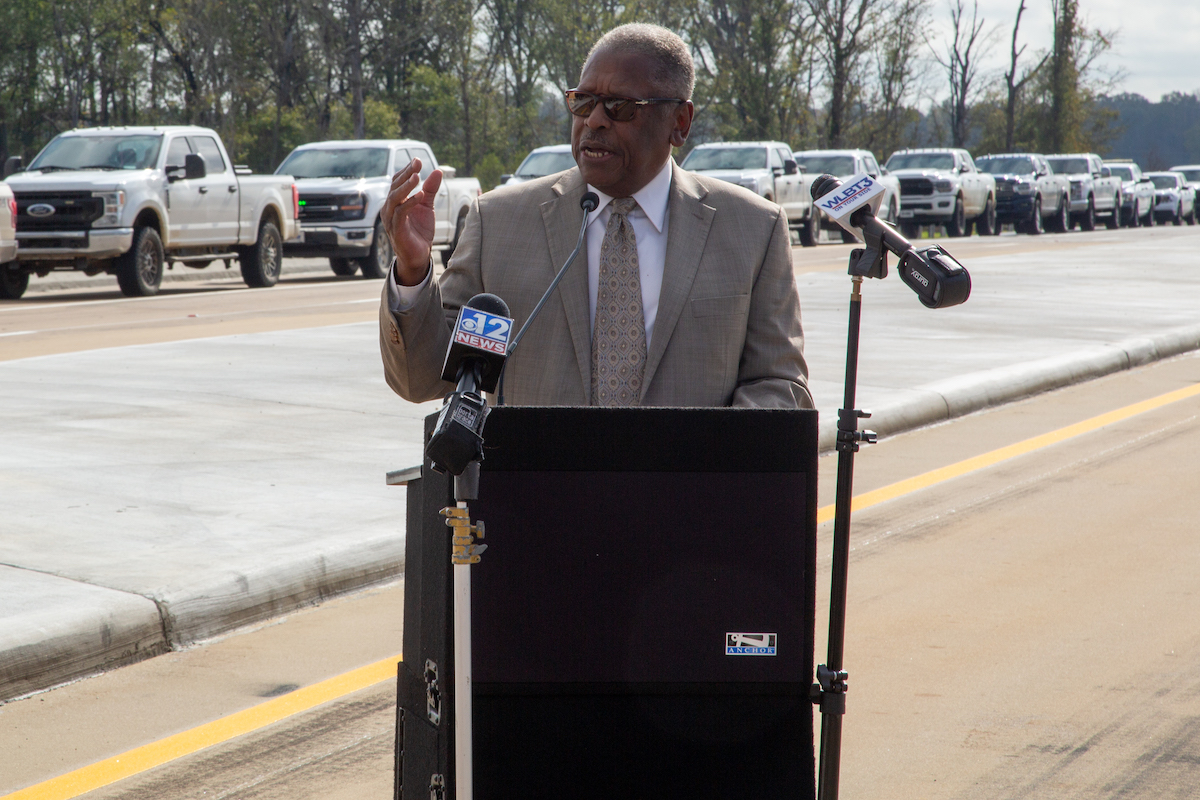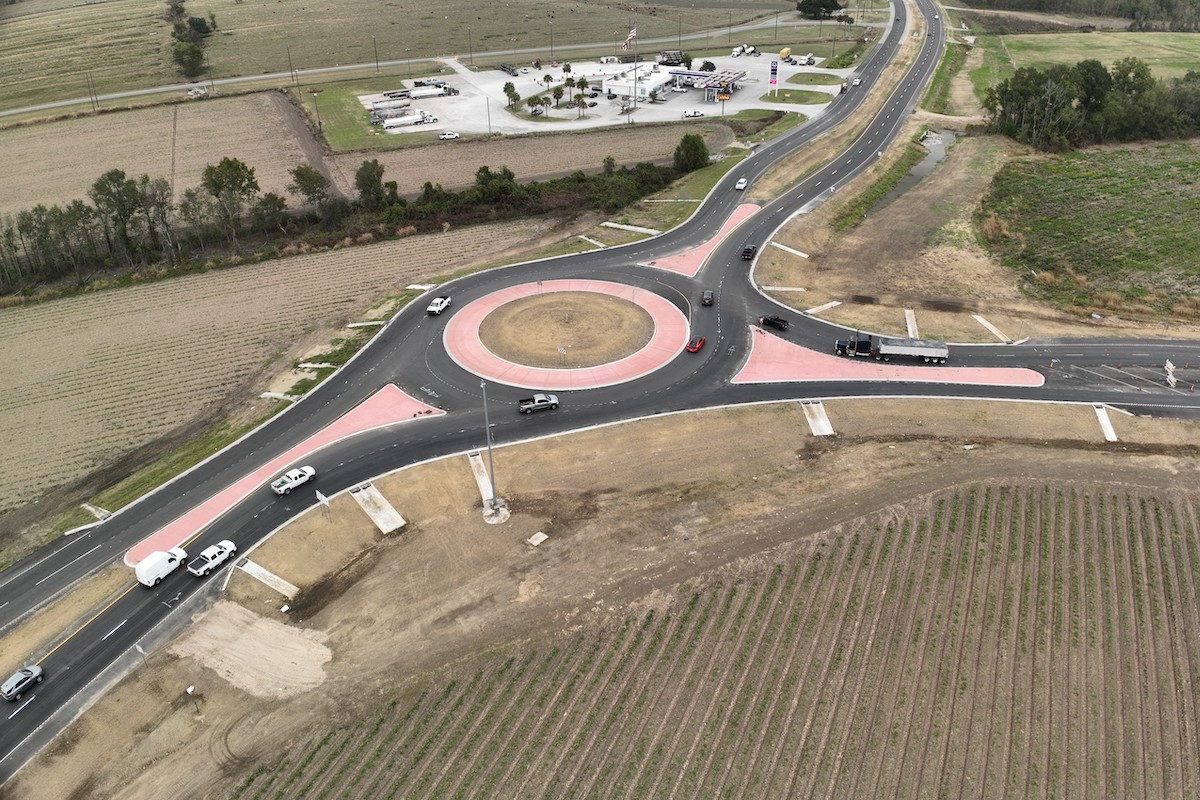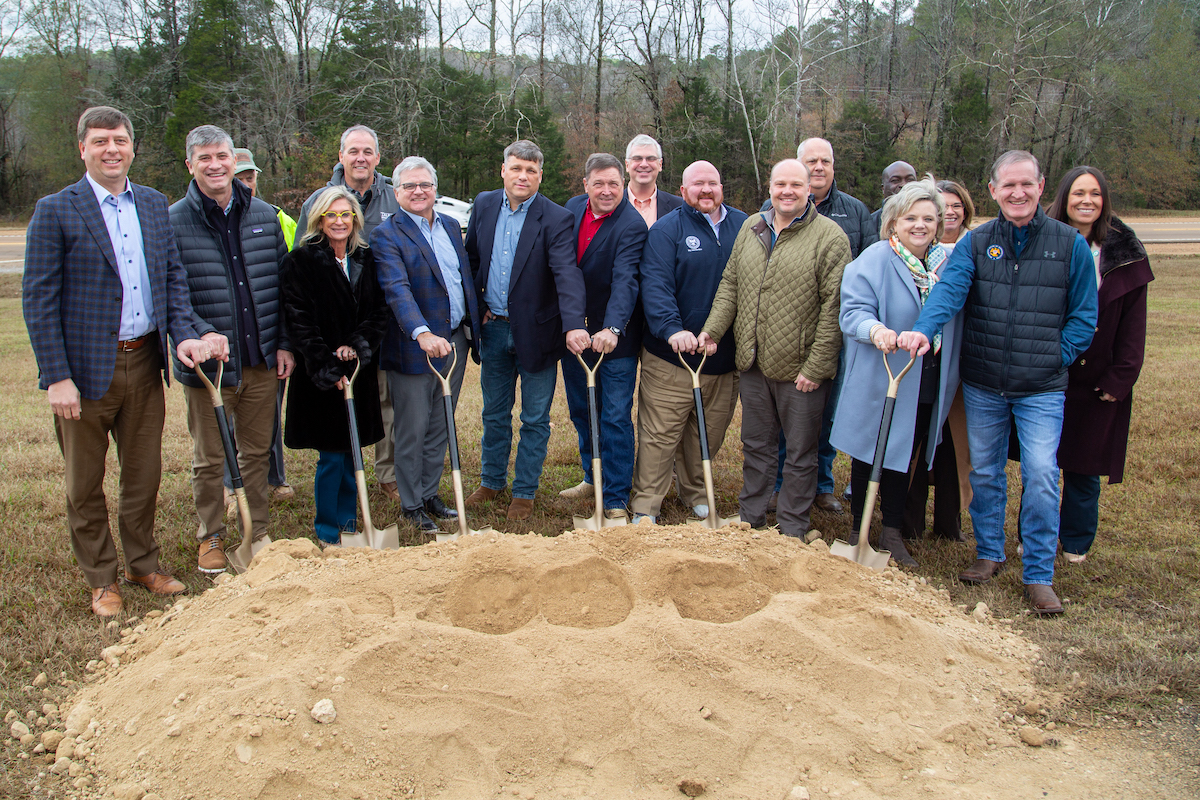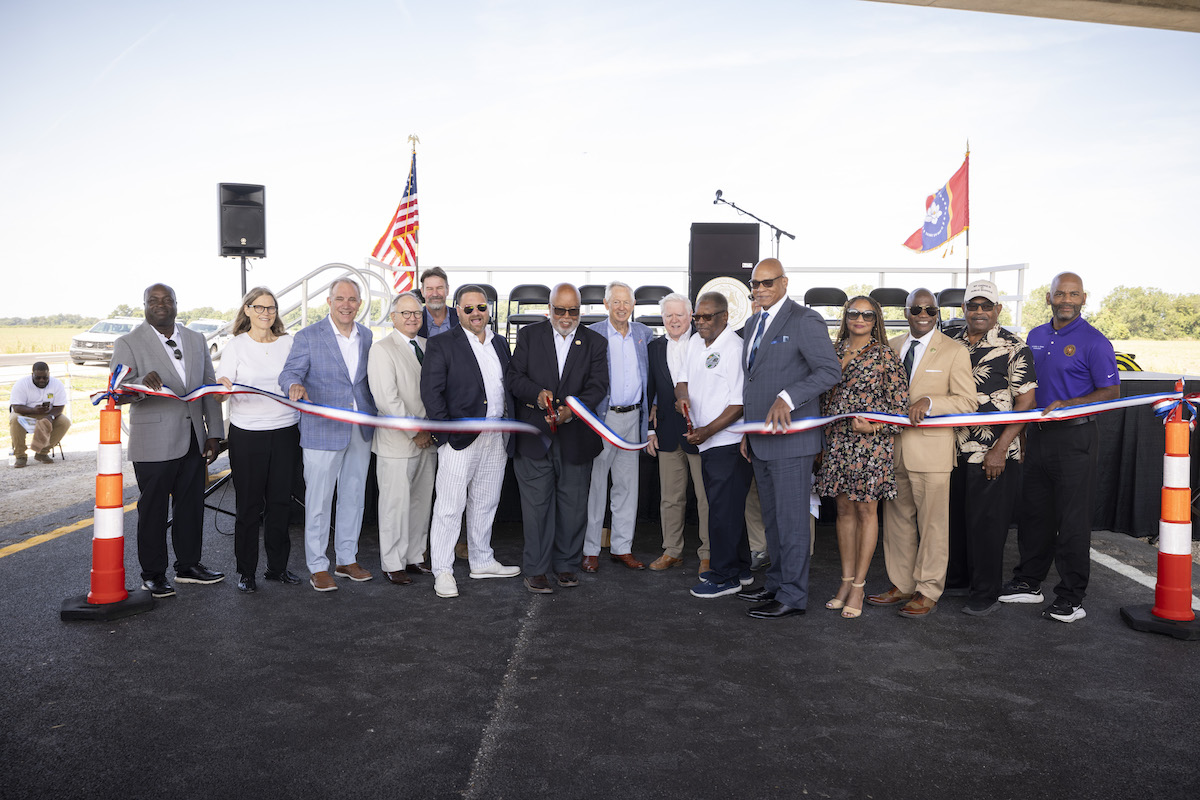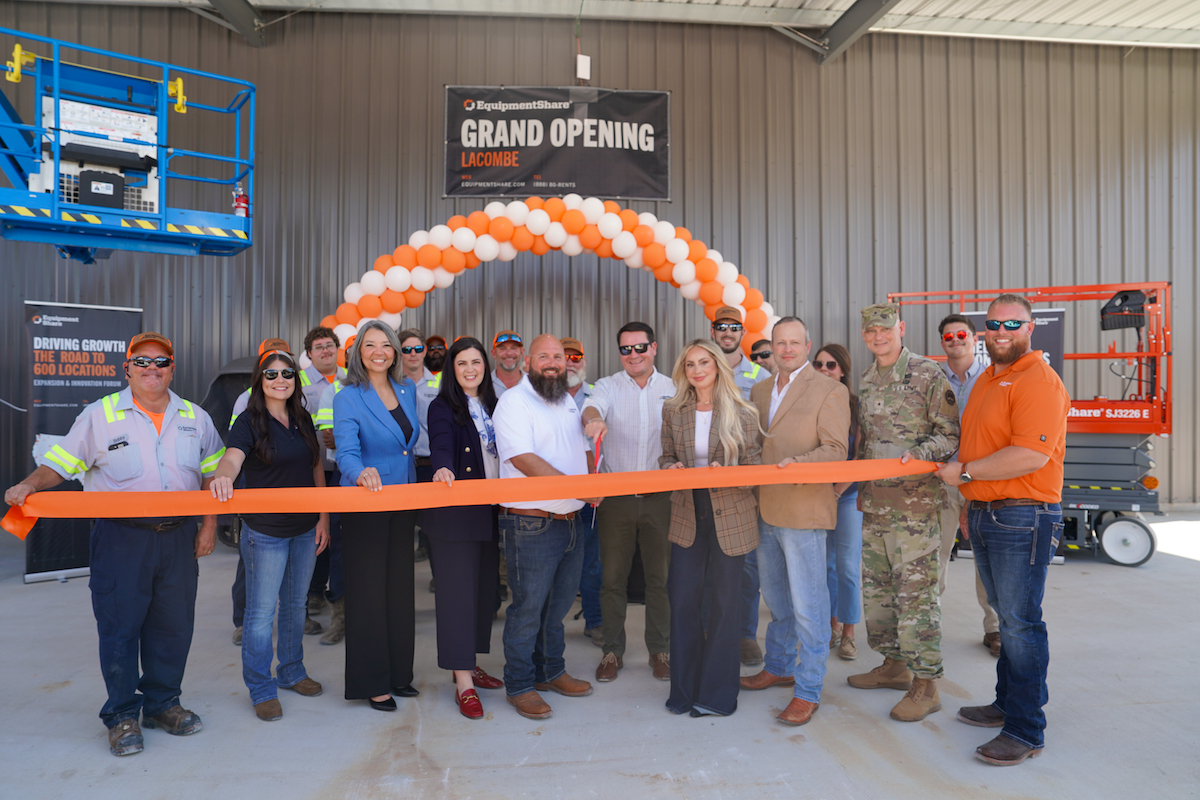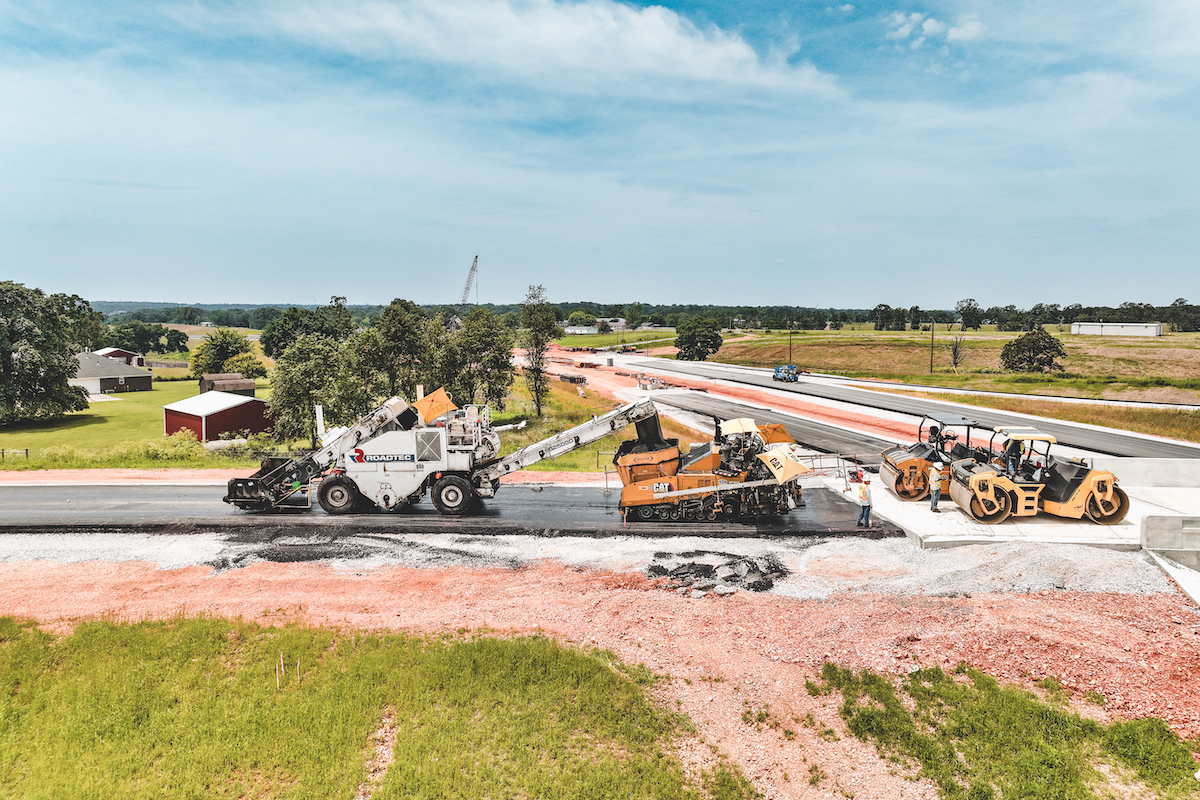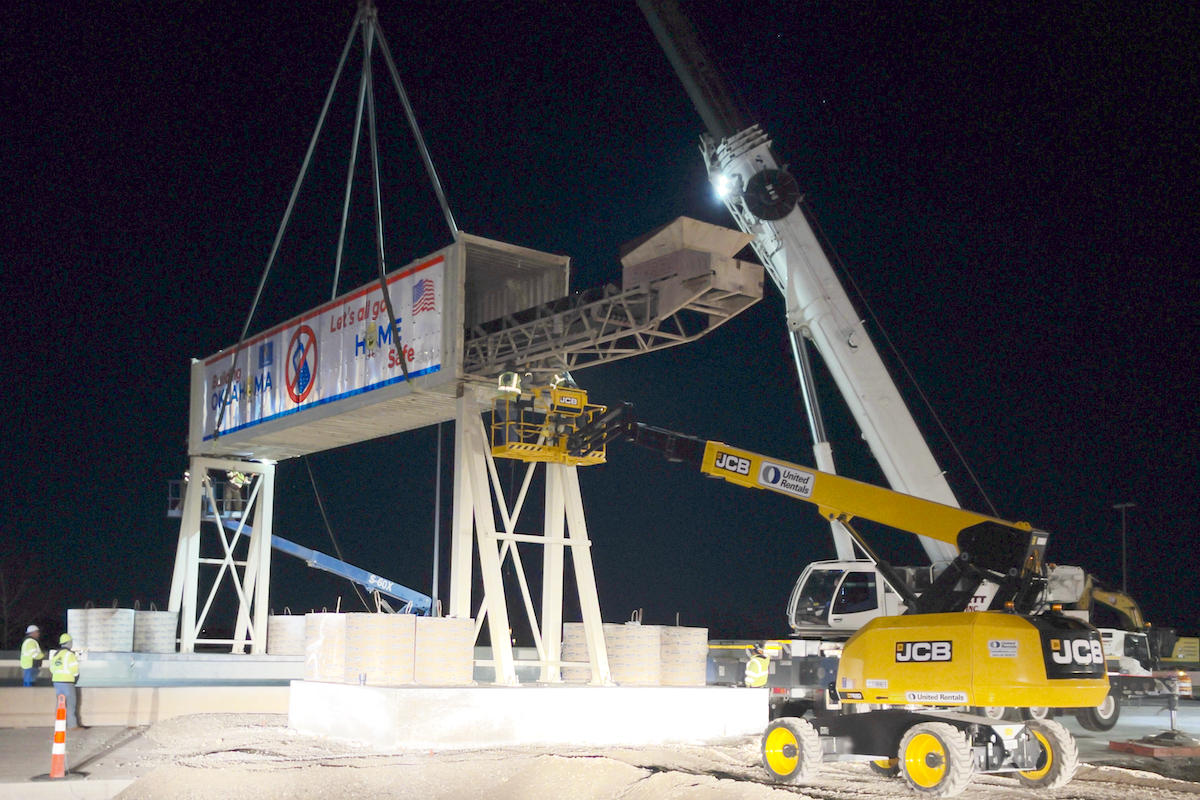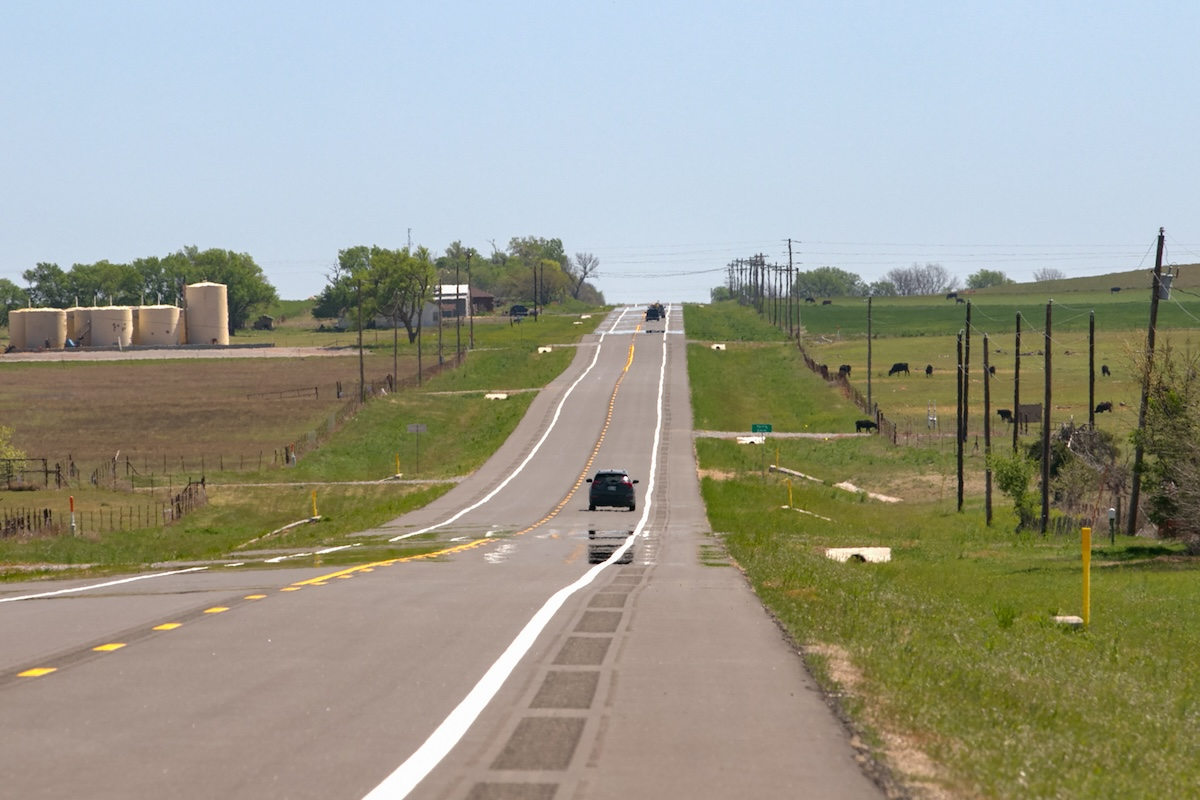“SR 60 is the main corridor for residents of Morgan County to access Interstate 70 and the City of Zanesville,” says R.J. Starkey, ODOT District 5 Area Engineer. “It is also the main route for Morgan County Emergency Medical Services to transport patients to Genesis Hospital in Zanesville.”
Currently about 3,700 vehicles travel on this section of SR 60. The design hourly volume is 400.
“The age and condition of the original 20-foot-wide plain Portland cement concrete pavement was causing premature failure of the asphalt concrete layers,” Starkey says.
More than five years ago, the ODOT Central Office Division of Planning and Office of Pavement Engineering performed an analysis of historical Pavement Condition Rating data, which found certain roads were not performing as expected or designed. Repairing these poor performing pavements was more expensive than a typical paving project and district budgets lacked the funding for major rehabilitations. The Central Office set aside monies to fix poorly performing composite pavements and districts can apply for funding. SR 60 received some of those dollars for a full-depth pavement replacement.

| Your local Komatsu America Corp dealer |
|---|
| WPI |
| Kirby-Smith Machinery |
Carpenter Marty Transportation of Columbus, Ohio, designed the project. ODOT scoped the project and performed the geotechnical workup.
Work began in the spring of 2021. The project calls for removing about 16 inches of composite pavement and performing a 12-inch undercut.
“The existing buildup is being replaced with a standard asphalt buildup on an aggregate base,” Starkey says. The team has run into subgrade issues, necessitating crews to excavate an additional two feet of undercut to find suitable materials. That has slowed the project.
The route runs alongside the Muskingum River and over several creeks. “It has been a top priority to maintain adequate erosion control to prevent any unwanted runoff from construction activity into the adjacent waterways,” Starkey says.
ODOT initially equipped portable signals at driveways, but then installed experimental Driveway Assistance Devices (DADs) to decrease the signal cycle times for driveways. DADs were developed during repairs needed after Hurricane Sandy in 2012.

| Your local Gomaco dealer |
|---|
| Clark Machinery |
The National Workzone Safety Information Clearinghouse reports that DADs use “alternating flashing arrows to indicate the traffic flow direction along the work zone segment in order to reduce wrong-way driving.” However, the website also states a “lack of consensus about the design and effectiveness of the devices.”
The department’s Office of Traffic Engineering received a grant from the Federal Highway Administration (FHWA) to conduct a study about the DADs’ performance in conjunction with Ohio University. The research will investigate if “DADs are a viable alternative to using actuated signals to maintain driveways within a two-way, one-lane signalized work zone.”
“The field study is being conducted using cameras throughout the zones with a camera at each end of the zone as well as at every driveway,” Starkey says. “This data will be collected in both an actuated zone as well as a DAD zone. Data will also be collected in two zones utilizing all DADs for comparison.”
The study has required coordination among ODOT, Shelly & Sands, subcontractors and the research teams. Based on the findings, the FHWA might consider the inclusion of DADs in the administration’s Manual on Uniform Traffic Control Devices.
“These signals work in conjunction with the mainline signals by informing the individual exiting the driveway what direction traffic is flowing and when it is appropriate to turn onto the mainline,” Starkey explains. “These devices save time as they do not have their own cycle times when compared to traditional portable signals.”

| Your local Trimble dealer |
|---|
| WPI |
Starkey offered as an example, if a zone contains five driveways with traditional signals, a chance exists that there could be up to five cycles before the mainline traffic would be signaled to flow again. He explained that DADs have speeded up access to work zones and decreased mainline traffic wait times. The DADs allowed the department to incorporate up to 15 driveways in any given zone.
“The utilization of the DADs has allowed the project to incorporate double the number of drives in any given zone while also decreasing the wait time for mainline traffic,” Starkey says. “This has notably increased production as this significantly decreased haul truck cycle times.”
As a side benefit, the DADs decreased wait times on SR 60 and led to a lower percentage of noncompliance from the traveling public, creating a safer project for the public and construction staff.
“This device will help reduce future bid prices due to increased productivity and improves the overall safety of the project,” Starkey says.
Two-way traffic has been maintained through most of the project limits. In some sections, SR 60 has been restricted to one lane. The department also has added temporary traffic signals in these areas, with the one-lane traffic sections ranging from 700-feet long to 2,200-feet long.

| Your local ASV dealer |
|---|
| CLM Equipment Co |
“We have limited the number of zones and the lengths of the zones in order to lessen the impact on the traveling public but also to allow the contractor to maintain efficiency,” Starkey says. “Given the one-lane traffic and barrier wall, it has been challenging to efficiently get construction vehicles in and out of the work zones without impeding mainline traffic.”
Once in 2022, a box culvert replacement necessitated 21-day closures on SR 60 from June 8 to July 25. The project is scheduled for completion in 2024.



















